Axe sharpening is a crucial skill for anyone who appreciates the power of a well-maintained tool. Whether you’re using an axe, utility knife, or even scissors, having a sharp edge means more efficiency and better results. With the right approach, you can keep your tools in top shape, and knowing whether to choose a manual or electric sharpener can make a difference in your sharpening routine. Understanding the benefits and drawbacks of each option will help you make an informed decision tailored to your needs. Keep reading to discover how to choose the perfect axe sharpener for your workshop!
Understanding the Basics of Axe Sharpening

As you consider which axe sharpening sharpener suits your needs, it's essential to understand what defines a good sharpener. Factors such as the material used—like honing steel or an Arkansas stone—play a critical role. You'll also want to be aware of the key differences between manual and electric sharpeners, including speed, control, and ease of use. Keeping your axe sharp isn't just about performance; it’s also vital for maintaining the tool's longevity. Sharpness contributes to efficient chopping and reduces wear on the cutting edge. If you invest in an electric sharpener with a reliable grinding wheel, check the warranty to ensure you're covered. Furthermore, some sharpeners double as knife sharpening tools, giving you added versatility. Knowing these aspects empowers you to make the best choice for your sharpening needs.
What Makes a Good Axe Sharpener?
A good axe sharpener should provide a stable platform to ensure accuracy and consistency during each stroke. Whether it's metal or plastic, the material of the sharpener plays a role in its effectiveness. A solid base prevents slippage while sharpening, allowing you to maintain the right angle for achieving a precise edge on your axe.
In addition to stability, consider sharpeners designed to handle various blade types, including those with a serrated edge. This versatility is beneficial when dealing with different tools that may require specific setups, much like using a cutting board for various kitchen tasks. A sharpener that adapts seamlessly to these needs helps you keep all your tools in optimal condition.
Key Differences Between Manual and Electric Sharpeners
When considering whether to use a manual or electric sharpener, think about the control you desire during the sharpening process. Manual sharpeners, often involving a sharpening stone or chisel, allow you to apply slow, consistent pressure. This level of control can be beneficial for those who prefer a hands-on approach while sharpening their tools, similar to how a baker kneads bread for an even texture.
On the other hand, electric sharpeners simplify the task by using abrasive wheels that make quick work of dull edges. They can save time and effort, especially for frequent sharpeners or those with many tools to maintain. If you have questions, look for an FAQ section that compares both types to help clarify which option aligns better with your sharpening style and needs.
The Importance of Sharpness for Axe Maintenance
Maintaining a sharp axe is essential for optimal performance and efficiency. Just like a chef relies on a sharp kitchen knife for precision, a well-sharpened axe reduces the pressure needed during cutting tasks. Without proper sharpness, your efforts become less effective, leading to fatigue and possible damage to your tools.
A dull axe can lead to accidents and inefficiencies, much like using a poorly maintained machine. When you take the time to sharpen not only your axe but also other tools like a machete, you promote safety and prolong the life of these implements. A sharp edge allows for clean cuts and helps to avoid unnecessary strain, making every task more straightforward and enjoyable.
Pros and Cons of Manual Axe Sharpeners

Considering manual axe sharpeners brings both benefits and drawbacks that can influence your decision. On the positive side, these tools allow for precision and control, giving you the ability to maintain the perfect edge on your axe, much like a skilled chef using a Wüsthof knife. Many enthusiasts appreciate the tactile experience that comes with manual sharpening, often employing various materials, including ceramic stones. However, the limitations of manual sharpeners can pose challenges. They may require more time and effort compared to their electric counterparts, which can be a drawback for individuals who frequently maintain multiple tools, like a lawn mower. Understanding these advantages and limitations will help you choose the right sharpening method for your needs and ensure longevity for your tools.
Advantages of Using Manual Sharpeners
Using manual axe sharpeners offers a unique level of control that many users value. You can carefully adjust the pressure and angle, ensuring your axe maintains a razor-sharp edge tailored to your needs. This meticulous process can enhance your overall sharpening skills, allowing you to achieve results similar to a butcher skillfully preparing meat.
Another advantage of manual sharpeners is their durability. Often made with materials like silicon or ceramic, they can withstand regular use and require minimal maintenance. When you invest in a quality manual sharpener, you're making a choice that not only sharpens effectively but also encourages you to take greater pride in performing each sharpening task, making it easy to add to cart when it's time for an upgrade.
Limitations of Manual Sharpening Tools
Manual sharpening tools can be time-consuming, especially when working on larger axes or those with dull edges. The process often requires careful attention and patience, much like sharpening a bread knife; you might spend several minutes honing each inch of the blade. If you're using materials like silicon carbide, this detail-oriented approach can slow down your workflow and might not align with your busy schedule.
Another consideration is the consistency of the results. Achieving a sharp edge relies heavily on your technique and pressure applied during sharpening, which can vary from one session to another. Using oil during the sharpening process can help, but unless you have a steady hand and plenty of practice, the potential for an uneven cutting edge remains a concern, affecting performance on your tasks.
Exploring the Benefits of Electric Axe Sharpeners

Considering an electric sharpener can transform your axe maintenance routine. If you're looking for quick and efficient results without spending hours honing a cleaver or pocket knife, these devices make it easier to maintain sharp edges. You’ll appreciate the speed with which electric sharpeners can restore your tools, providing consistent results that let you focus on your tasks rather than the sharpening process. Despite their benefits, electric systems do come with some drawbacks. They may require more careful handling, as improper use can lead to an overly aggressive grind that damages blades or dulls their performance. Understanding both the advantages and limitations allows you to make an informed decision before you add an electric sharpener to your cart or stick with traditional methods that involve a leather strop for a more hands-on approach.
Why Consider an Electric Sharpener?
Considering an electric sharpener can significantly expedite your axe maintenance. When you need to quickly sharpen a stainless steel hatchet or mower blade, these devices deliver fast and consistent results without requiring extensive manual effort. This efficiency allows you to maintain the ideal angle on your cutting tools, ensuring optimal performance with minimal downtime.
Electric sharpeners are designed to handle various tools, including electric knives and axes, making them a versatile addition to your workshop. Their ability to maintain a precise edge means you spend more time using your tools and less time sharpening them. If you're looking for a solution that combines speed and accuracy, an electric sharpener could be just what you need.
Downsides to Electric Sharpening Systems
Electric sharpening systems can present challenges in terms of precision. Overzealous use may lead to excessive grinding, particularly with softer materials like carbon steel, affecting the tool's edge. When sharpening, it's crucial to monitor the process closely, as careless operation risks creating uneven surfaces on your blade or even damaging the steel entirely.
Another drawback of electric sharpeners is their tendency to generate heat during use. This heat can impact the integrity of your tools, especially with delicate items like ceramic knives. To counter this, you might need to apply a cooling brush method or invest in a better-quality sharpener designed to minimize heat generation, ultimately affecting your sharpening experience.
Factors to Consider When Choosing a Sharpener

When deciding between manual and electric axe sharpeners, it's vital to evaluate your specific sharpening needs. Consider how often you use your tools, like pruning shears or axes, and the level of precision required for tasks such as cooking or crafting. Durability and ease of use are also crucial; while some may prefer the meticulous control of a manual sharpener to achieve the desired bevel with sandpaper, others might opt for the convenience of an electric sharpener, such as those praised by Ken Onion, known for their efficiency and speed. By understanding these factors, you can make an informed decision that best suits your sharpening preferences and lifestyle.
Assessing Your Sharpening Needs
Assess your sharpening needs based on how frequently you use your tools and the types of projects you undertake. For example, if you're frequently handling axes for woodwork, you might benefit from a manual sharpener that allows you to carefully manage carbide angles and burrs to achieve the sharpness you desire. This level of control can help you ensure each cut is precise, similar to how a pencil sharpener fine-tunes the point of a writing instrument.
Think about the materials you're working with as well. If you primarily handle softer woods, a sharper edge is crucial for clean cuts and minimal resistance. You may prefer a sharpener that not only fine-tunes your axe's edge but also accommodates different blade types, ensuring that every task, whether for crafting or heavy-duty cutting, meets your standards.
Comparing Durability and Ease of Use
When selecting between manual and electric sharpeners, think about the overall durability of each option. Manual sharpeners often use sturdy materials like ceramic, allowing them to stand up to regular use without significant wear. Electric sharpeners, while efficient, can have parts that may degrade over time, especially if not used according to the manufacturer's guidelines.
Ease of use can also influence your choice. Manual sharpeners provide a hands-on approach that requires some technique but allows for greater customization of your axe's edge. Electric options, on the other hand, offer quick sharpening with minimal effort, making them ideal for those who prioritize speed over precision.
Understanding the Cost Implications
When evaluating the financial aspect of axe sharpeners, think about both the initial cost and long-term value. Manual sharpeners are typically less expensive upfront, making them suitable for those on a budget or who sharpen less frequently. Investing in a quality manual sharpener can yield excellent results over time, helping you save on replacement tools.
Electric sharpeners, while often pricier, provide convenience and speed, reducing the time spent on maintenance. However, consider potential additional costs, such as replacement parts and maintenance needs, which may arise. Balancing the initial investment with your sharpening frequency and tool usage will guide you toward a choice that fits your budget and requirements.
How to Achieve the Perfect Edge With Manual Sharpening

To master the art of manual sharpening, you’ll benefit from a systematic approach tailored to your axe's needs. Start with a clear, actionable step-by-step guide that walks you through the sharpening process, ensuring you know which motions to use for optimal results. Alongside this, paying attention to tips for maintaining consistency will help you refine your technique and achieve a sharper edge each time. By focusing on these aspects, you promote not only the performance of your tool but also develop a skill that enhances your overall sharpening experience.
Step-by-Step Guide to Manual Sharpening
Begin your manual sharpening process by securing your axe. Place it on a stable surface, ensuring it won’t move while you work. Use a sharpening stone or a similar tool, and apply a light oil to reduce friction and enhance the sharpening process.
Next, hold the axe firmly and angle the blade against the sharpening surface at about 20 degrees. Gently stroke the blade along the stone in a curved motion, varying the pressure as needed. Continue this process until the edge feels smooth and sharp, checking your progress frequently to ensure you maintain the correct angle and consistency.
Tips for Maintaining Consistency
To maintain consistency while sharpening your axe manually, focus on your grip and the angle you maintain throughout the process. Holding the axe firmly allows you to control the pressure applied, which is crucial for achieving a uniform edge. Regularly check your progress to ensure the angle stays consistent, making any necessary adjustments as you work.
Establishing a routine can also aid in achieving reliable results. Consider using a fixed surface or mark on your sharpening stone to provide a reference point for every stroke. This approach helps keep your technique steady, allowing you to build muscle memory that contributes to more effective sharpening sessions every time.
Getting the Best Results From an Electric Sharpener

When you choose to use an electric sharpener, it's crucial to maximize its potential for effective results. Start by preparing your axe properly to ensure an efficient sharpening process. Understanding how to optimize the settings on your electric sharpener will also make a significant difference in the final outcome. Lastly, keeping your electric sharpener in top condition through regular maintenance will enhance its performance and longevity. By paying attention to these key areas, you can achieve the best results while sharpening your axe and maintain your tools effectively.
Preparing Your Axe for Electric Sharpening
Before using an electric sharpener, ensure your axe is clean and free from dirt or debris. A quick inspection of the blade for any chips or nicks is also essential, as these imperfections can affect the sharpening process and final result.
Once you've assessed the condition of your axe, securely position it according to your sharpener's guidelines. This stability will help you control the sharpening angle and pressure, leading to a sharper and more durable edge.
Optimizing Your Electric Sharpener Settings
To achieve the best results with your electric sharpener, start by adjusting the settings based on the type of blade you’re working with. Ensure you select the appropriate grit level; finer grits work well for touch-ups, while coarser grits can effectively sharpen dull edges. This tailored approach will help produce a sharp, durable edge without over-grinding your axe.
Next, maintain a steady hand while guiding the axe through the sharpening process. Consistent pressure and angle are key to avoiding uneven sharpening, and regularly check your progress to ensure you’re on track. By fine-tuning these settings and your technique, you’ll optimize the performance of your electric sharpener and extend the life of your tools.
Maintenance Tips for Electric Sharpeners
To prolong the life of your electric sharpener, regularly clean the grinding wheel and housing. Debris and metal shavings can accumulate during use, impacting performance. After each sharpening session, wipe down the components, ensuring any residue is removed to maintain optimal operation.
It’s also wise to routinely check the sharpener’s settings and replace any worn parts as needed. Maintaining the proper grit levels and ensuring functionality can greatly enhance the sharpness of your tools. By taking these proactive steps, you'll keep your electric sharpener in peak condition, ready for every sharpening task.
Conclusion
Choosing between manual and electric axe sharpeners significantly affects your tool maintenance routine. Manual sharpeners offer precision and control, ideal for those who prefer a hands-on approach, while electric options provide speed and efficiency for quick results. Assess your specific needs, considering factors like frequency of use and desired edge quality. Ultimately, making the right choice leads to better performance and longevity of your axes.


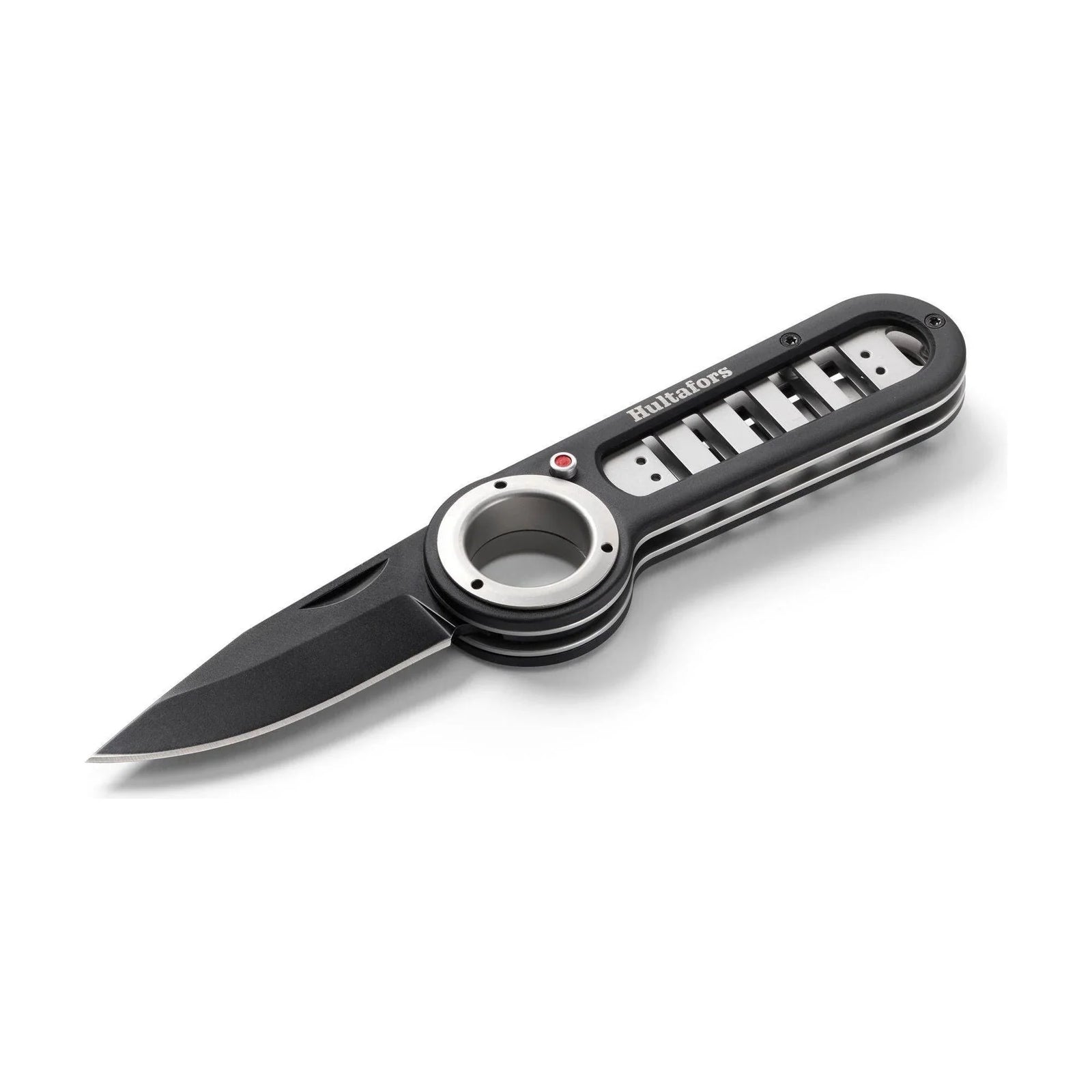
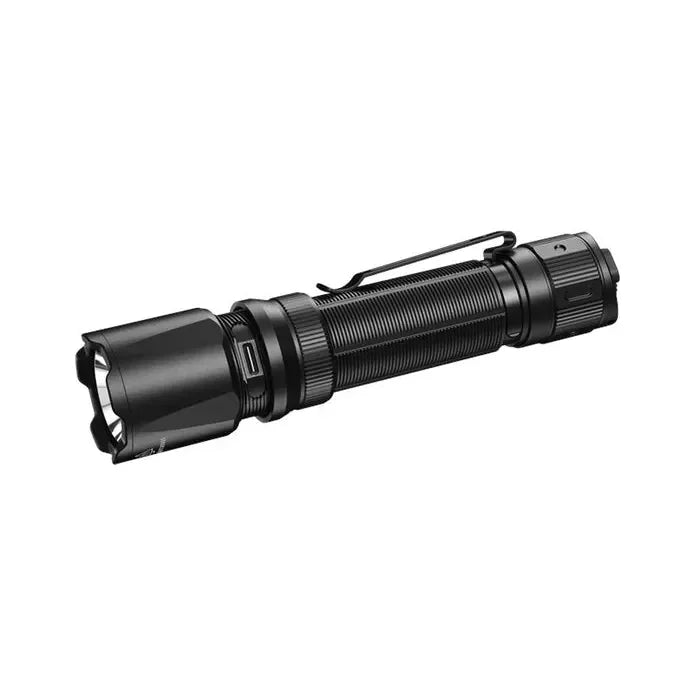
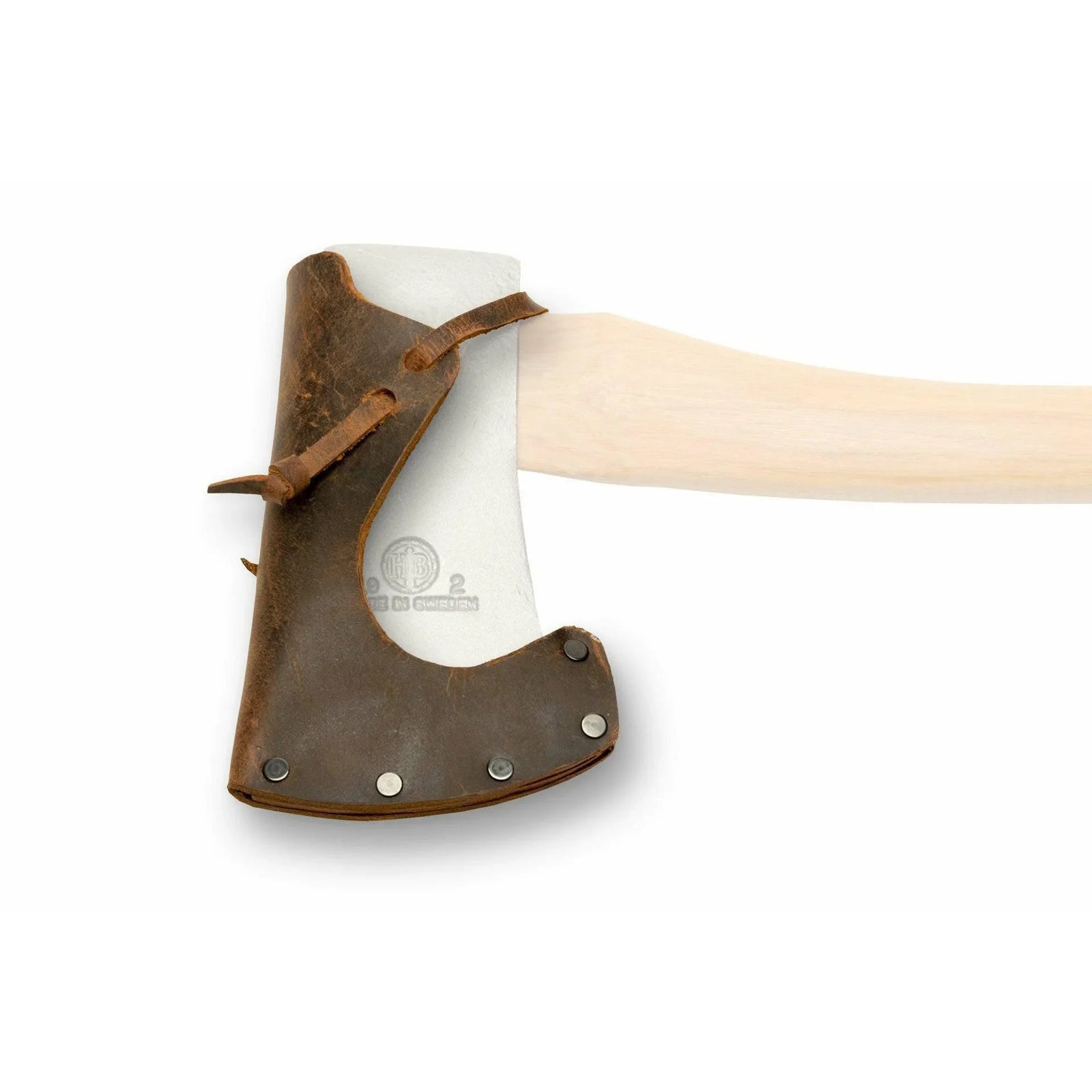
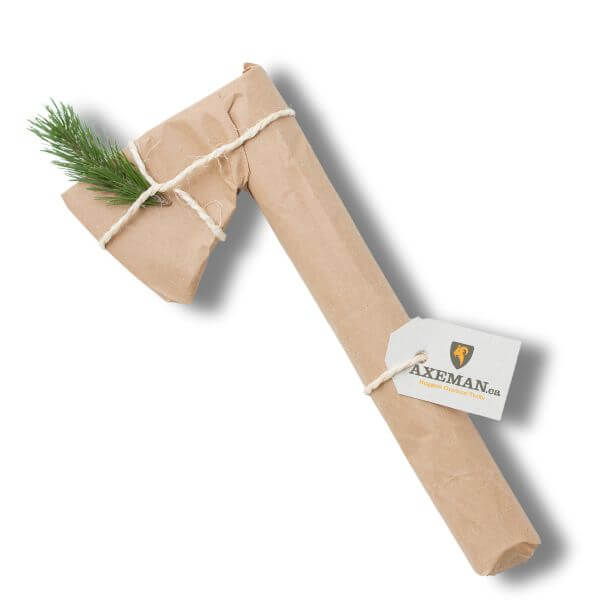
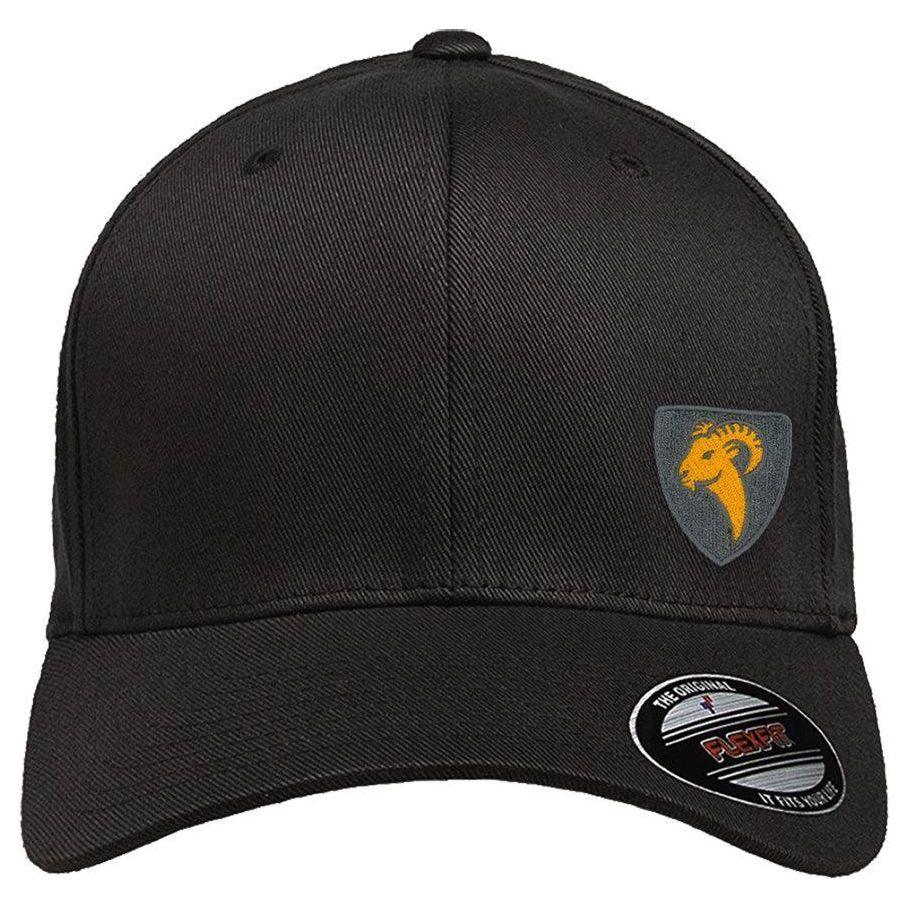
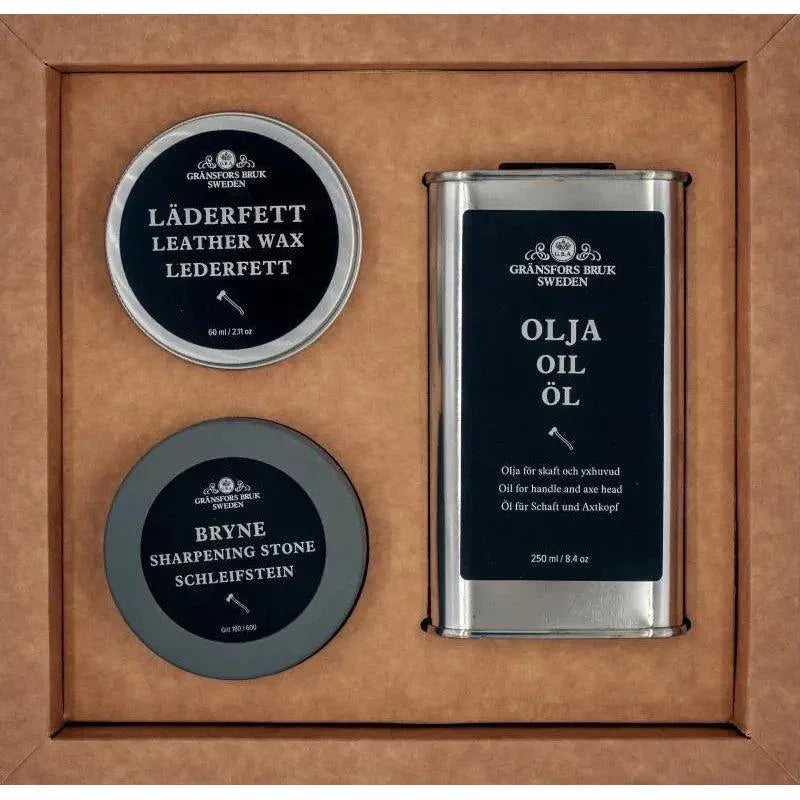
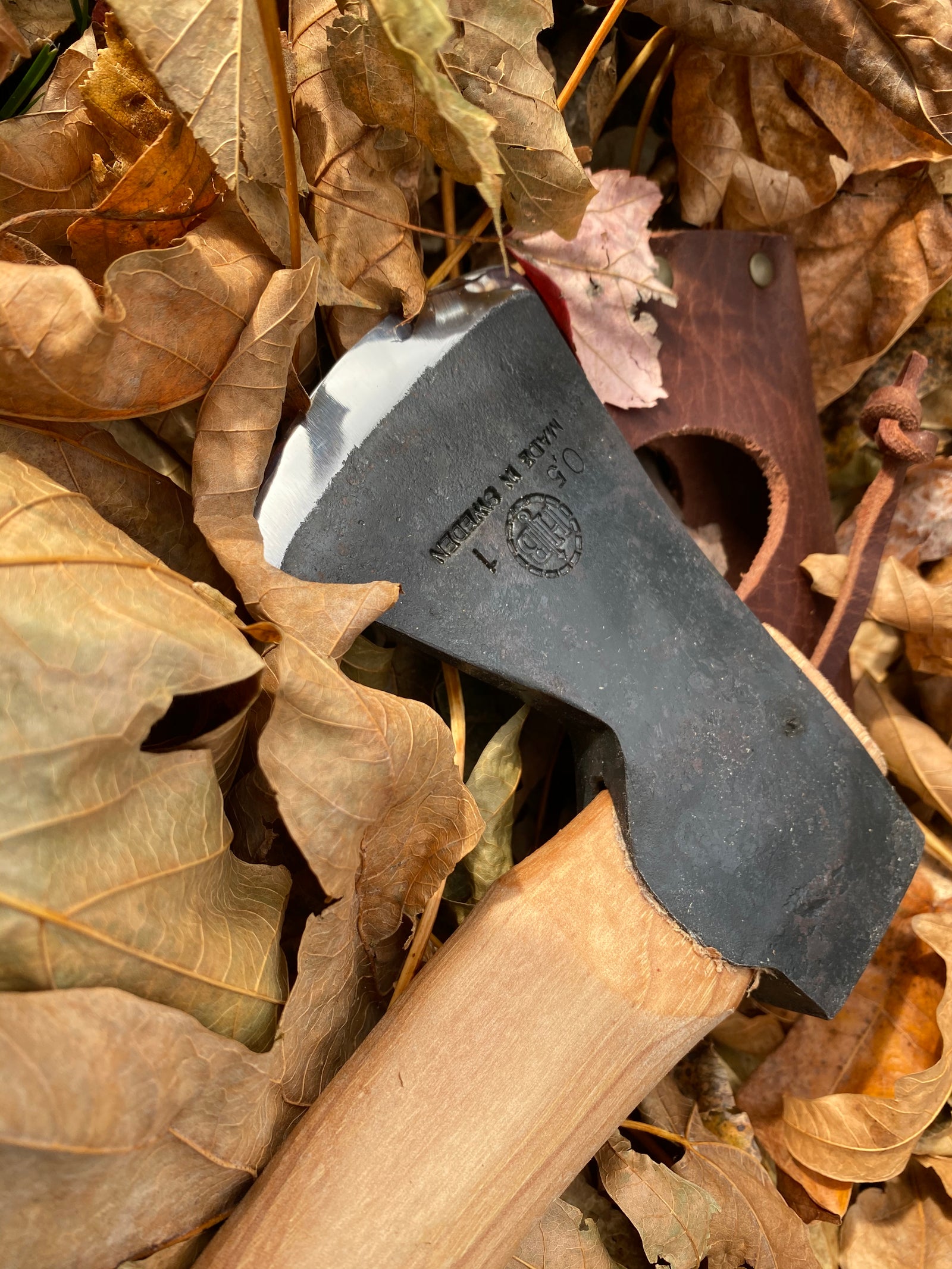


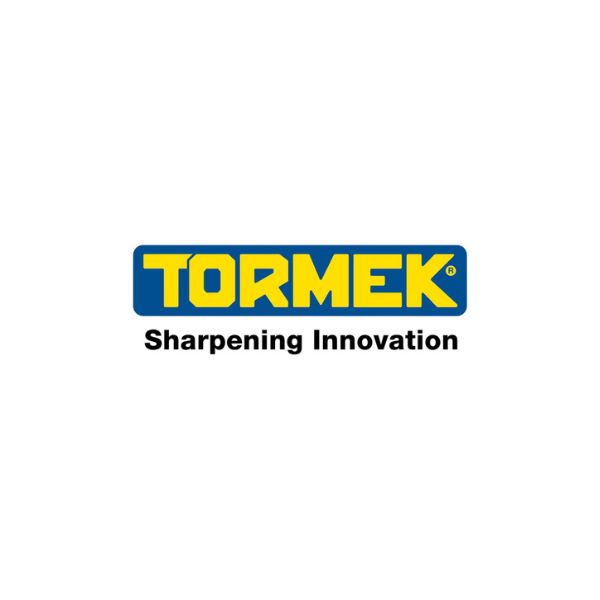
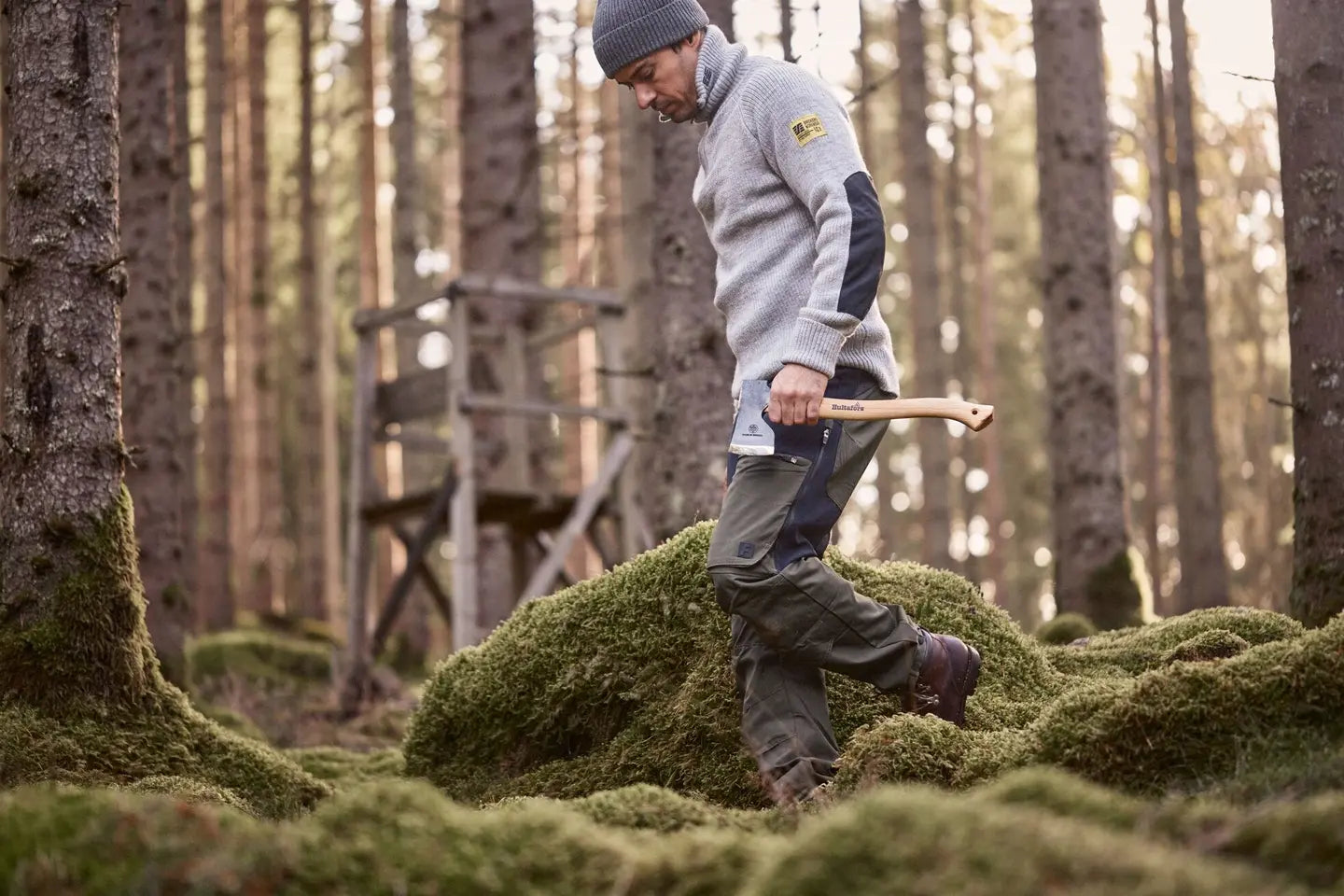
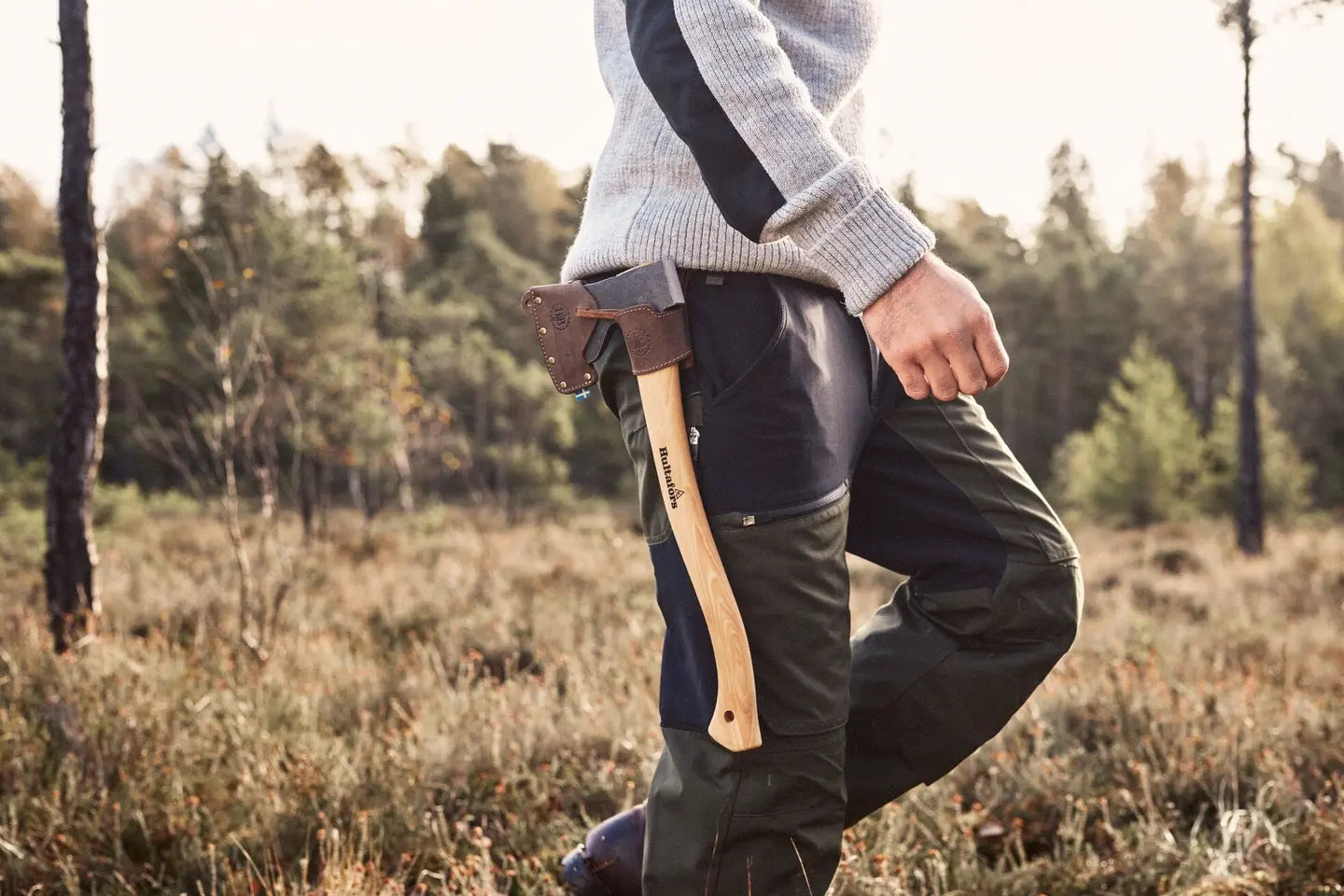
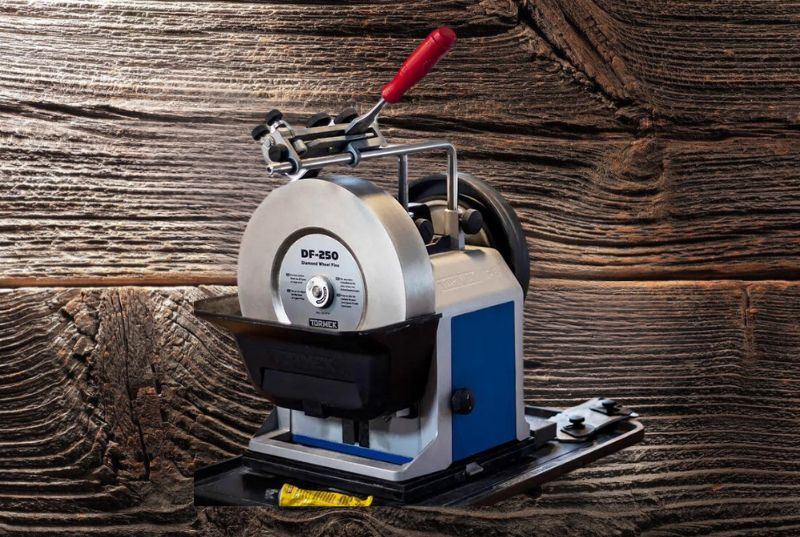
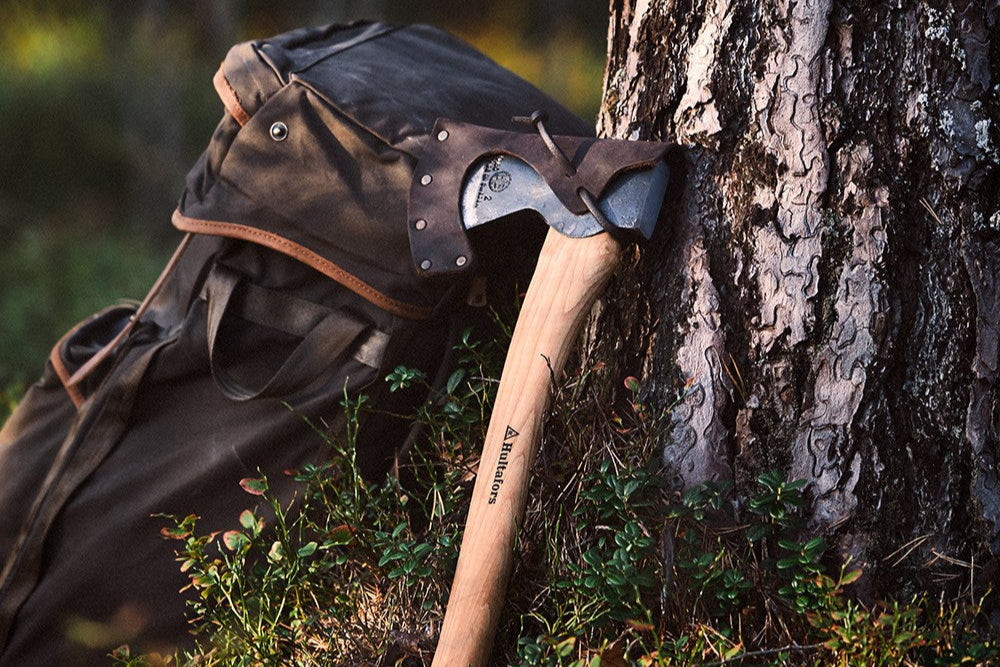

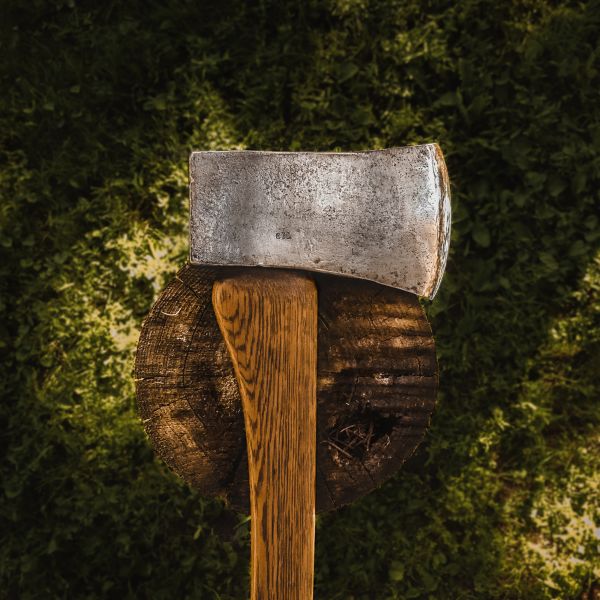
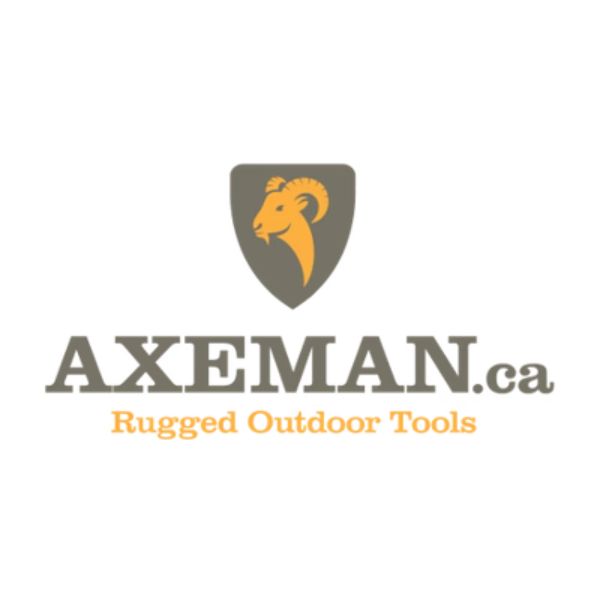

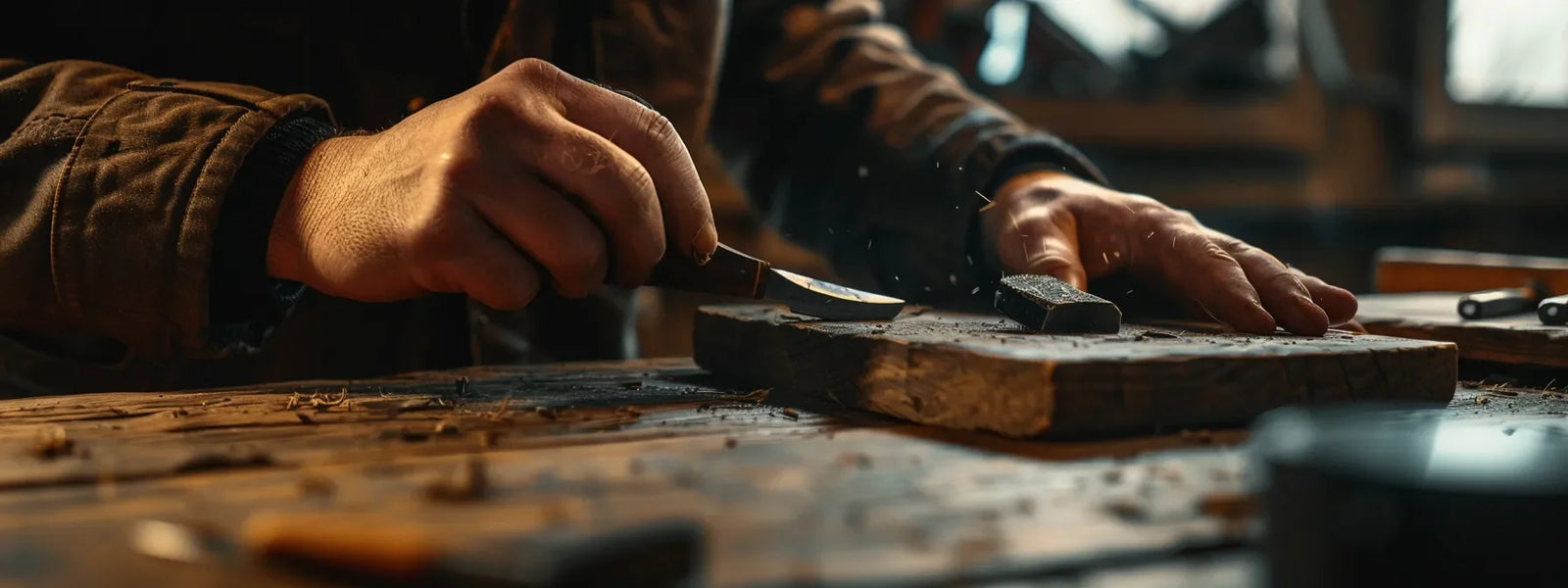



Leave a comment (all fields required)